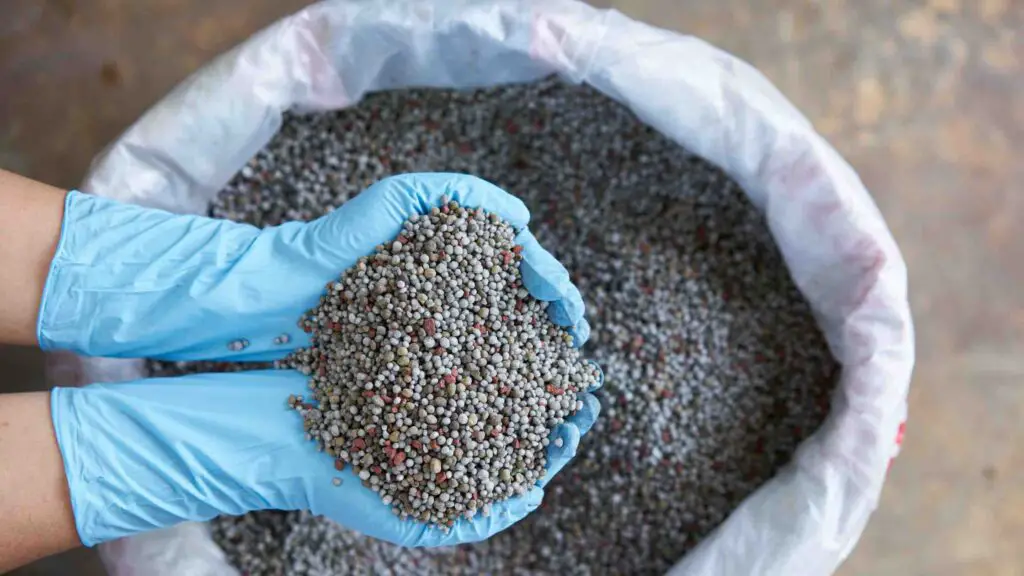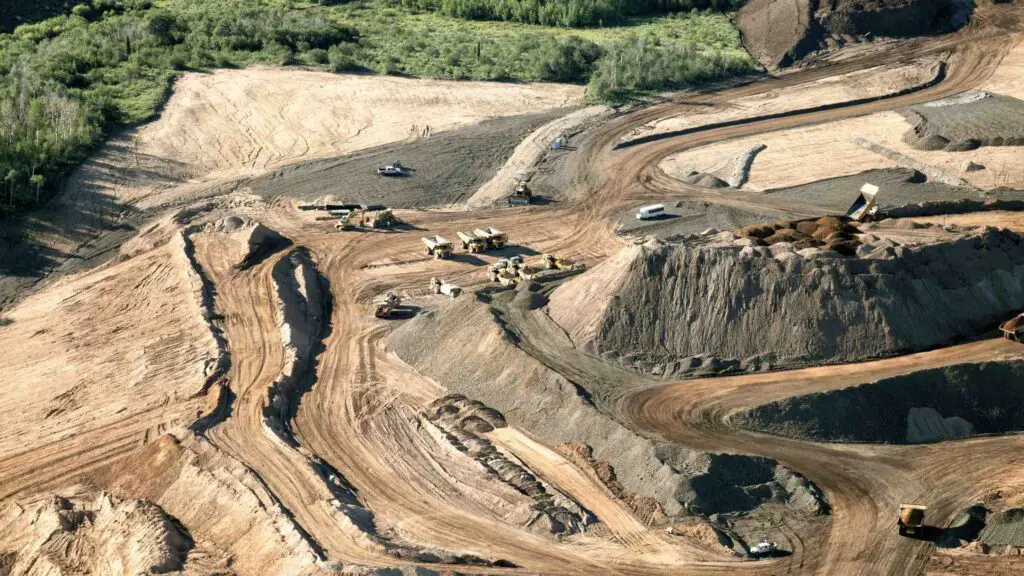Why is there Phosphate shortage? The availability of phosphate, a crucial fertilizer that supports the global food supply, is in crisis worldwide. A vital mineral for all life on Earth is phosphate. It is liberally applied to agricultural areas. Yet, rock phosphate is a limited resource, and most supplies are mined in unstable political environments. It poses concerns for several nations with small or no deposits.
Due to the increase in world population, phosphorus use has quadrupled in the past 50 years. In 2019, scientists predicted it may happen as soon as a few decades from now.
Efforts to use fertilizer less frequently are increasing. They are predominantly produced in Ukraine and Russia. The conflict in Ukraine continues to restrict the free movement of agricultural fertilizers. Stakeholders in the agri-food industry are becoming more and more aware of the disastrous environmental side effects of phosphorus. Let us read about phosphate shortages in the article.
DiscontinuedNews is impartial and independent, and every day, we create distinctive, world-class programs, news, and content that inform, educate and entertain millions of people worldwide.
Importance of phosphate

The German scientist Hennig Brandt first identified phosphorus in 1669 after isolating it from urine. It has since been proven to be necessary for life. The mineral calcium phosphate and a product generated from it comprise most bones and teeth. The element also gives DNA its sugar-phosphate backbone.
Prof. Penny Johnes of Bristol University stated that phosphorus is essential for life on Earth. Using the element to aid agricultural growth gives it a significant global role. Around 50 million metric tonnes of phosphate fertilizer are traded yearly. These commodities are essential for feeding the planet’s 8 billion people.
Scientists are predicting “phospho-geddon”
The overuse of phosphorus is contributing to the climate disaster. It also diminishes the materials necessary for the world’s food supply. Scientists have issued a “phospho-geddon” warning for our globe. They worry that the way we use phosphorus might result in dangerous fertilizer shortages. It would ultimately stop the world’s food supply.
Besides, sewage discharges into rivers, lakes, and seas along with fertilizer phosphate wash from fields. It causes massive algal blooms and aquatic dead zones that endanger fish species. Researchers have also cautioned that overuse of the element is boosting methane emissions globally. It contributes to global warming and the climate problem brought on by carbon emissions.
Yet only a few nations have major phosphorus resources. The highest amounts are in Morocco and the Western Sahara. China has the second-largest deposit, and Algeria has the third-largest. Unlike Britain, which has always had to rely on imports, the US’s reserves are
Down to 1% of their historical levels. Traditional rock phosphate sources are extremely uncommon. It has been depleted as a result of their mining for fertilizer manufacturing.
There are concerns that the globe will approach “peak phosphorus” in a few years due to the increasing strain on stocks. When supplies run low, many countries will struggle to find enough to feed their citizens.
Science fiction author Isaac Asimov described the situation:
“Life can multiply until all the phosphorus is gone, and then there is an inevitable halt that nobody can prevent.”
When it comes to phosphorus, we, too, extract mineral reserves. But this time, we convert them into fertilizer, which is then washed into rivers and seas, where it causes algae blooms. The massive translocations are disrupting the globe.
Is there going to be a phosphorus shortage?
Phosphorus “is very useful in helping crop and food production.” As a result, there is growing concern about the depletion of the world’s phosphorus mines.
“There are many different and uncertain estimates of how long phosphorus stocks will last. According to specific forecasts, reserves will run out in a few decades. This has subsequently been increased to hundreds of years,” he says.
The peak may be much longer than this because more, yet untapped, sources may be available. This means that the peak will likely continue to be delayed when we discover new sources. But this does not imply that we shouldn’t look for more environmentally friendly ways to use phosphorus.
The location of the reserves—rather than their existence—is the issue with phosphorus availability. Morocco, China, and Algeria have the biggest reserves, with resources in most Western nations being depleted.
According to the Our Phosphorus Future report by Haygarth and professors Louise Heathwaite and Paul Withers,
“Only four countries manage around 70% of the global yearly phosphate rock output. From this, only phosphorus is extracted. It leaves the market exposed to massive changes in costs and supply. It may be due to political conflicts, trade wars, and rising fuel prices.”
Phosphate rock and fertilizer costs have soared by about 400% since 2020 and have continued to rise. According to the report, “this volatility exacerbates the effects of other global factors.
This will impact fertilizer costs, as will the impact of the conflict in Ukraine on the price of natural gas.
Russia and Belarus were still able to supply fertilizer. But due to certain exceptions in the sanctions system, exports were prohibited by additional restrictions meant to isolate the area.
Recycling phosphorus is more alluring when there is an excessive reliance on a few players. Solutions like employing biostimulants, which allow for less fertilizer use, are also appealing at the same time.
Conclusion
“Phosphate supply is possibly a very big problem,” said Martin Blackwell. He is the main author of the new study and a researcher at Rothamsted Research, an agricultural research institute in the UK. “We will need more food as the population grows.”
According to him, several nations, including the US, China, and India, may run out of domestic supply within the next generation. It is applicable if current usage trends continue. The largest reserve is located in Morocco and the Western Sahara. China, Algeria, and Syria are the next top producers, accounting for over 80% of the world’s rock phosphate reserves.
Certain nations may be able to regulate food output by regulating the supply of rock phosphate in a few years, according to Blackwell. We are prepared to cope with it since much more work needs to be done. “You need to get up now. It is one of the most significant global concerns right now,” he added.
The research urges governments worldwide to accept the “50, 50, 50” target. It asks for a 50% reduction in phosphorus pollution worldwide and a 50% increase in nutrient recycling by 2050.
